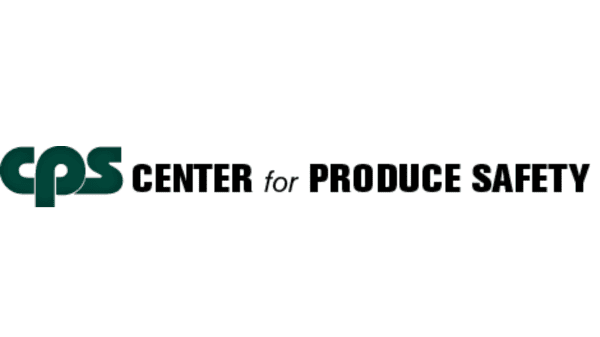May 7, 2024 – California/Arizona grown leafy greens are routinely transported as raw materials to distant facilities for fresh-cut processing and regional marketing, a process known as “forward processing.”
This is in contrast to fresh-cut operations close to the growing regions, known as “source processing.”
Forward processing, because of the shipping distance from the growing source, introduces the question of whether it impacts food safety. For example, at certain times of the year, when the product is unavailable locally, longer harvest-to-processing times may result.
Based on recently completed research led by Xiangwu Nou, Ph.D., with the U.S. Department of Agriculture’s Agricultural Research Service, the forward- and source-processing practices did not yield significantly different risks for the survival and growth of E. coli O157:H7 under laboratory simulation.
“This research was conducted with the intention to provide answers to industry questions and concerns,” Nou said. “It wasn’t intended to develop technologies or practices that the industry could use directly. We looked at a long-established industry practice where the industry had some concerns. Our results indicate the concerns might not be warranted.”
However, the research did show that products under forward-processing had much higher total microbial load and aged faster during storage.
Joining Nou as co-investigators in the project, titled “Assessing romaine lettuce ‘forward processing’ for potential impacts on EHEC growth, antimicrobial susceptibility and infectivity,“ were Yaguang Luo, Ph.D.; Patricia Millner, Ph. D.; and Shirley Micallef, Ph.D.
Millner, who has extensive experience as a USDA microbiologist, is a mentor figure to many. Luo is an accomplished scientist in both fresh produce safety and quality research. And Micallef, a professor at University of Maryland, independently conducted research with E. coli O157:H7 on live romaine plants and analyses to examine pathogen gene expression under forward- and source-processing simulation.
“I am very privileged to work with those great scientists. It’s not just those co-PIs — the whole team including post docs and other members were all instrumental in the design and execution of the project,” Nou said. “Plus, our industry partners gave us great access to their facilities and internal data, which was critical. We are very grateful to their support.”
The project was multi-pronged and initially involved determining the major operational variables that would affect raw commodities during forward processing. To do this, the researchers examined randomly selected transportation data from industry partners. They also collected new data, including temperature, humidity and barometric pressure profiles from romaine lettuce at source- and forward-processing facilities.
In addition, they collected samples from freshly harvested lots of romaine lettuce, with part sent to a source facility in California and the other portion to an East Coast fresh-cut processing facility. In the California source facility, they sampled the romaine lettuce before and after fresh-cut processing, and after storage. They repeated the same sampling schedules when the lettuce shipment arrived on the East Coast.
The assays included determining the overall microbial load on the romaine as well as looking at product quality. One stand-out observation was the larger overall microbial load found in the forward-processing samples compared to the source-processing ones.
In the second phase of the project, they inoculated romaine lettuce with E. coli O157:H7 and stored it under lab conditions that simulated forward and source processing. The surviving pathogen population was slightly lower for forward-processing than for the source-processing conditions.
“The remarkable bacterial growth under the forward-processing condition was not reflected as corresponding E. coli O157:H7 population change under the simulation,” Nou said. That suggests to Nou and the team that the lettuce microbiome may play a role in reining in food-borne pathogens. But he said further analysis is needed to better understand the microbial dynamics.
About CPS
The Center for Produce Safety (CPS) is a 501(c)(3), U.S. tax-exempt, charitable organization focused exclusively on providing the produce industry and government with open access to the actionable information needed to continually enhance the safety of produce.
For more information:
Phone: 530-557-9706
Email: info@centerforproducesafety.org
Website: www.centerforproducesafety.org



